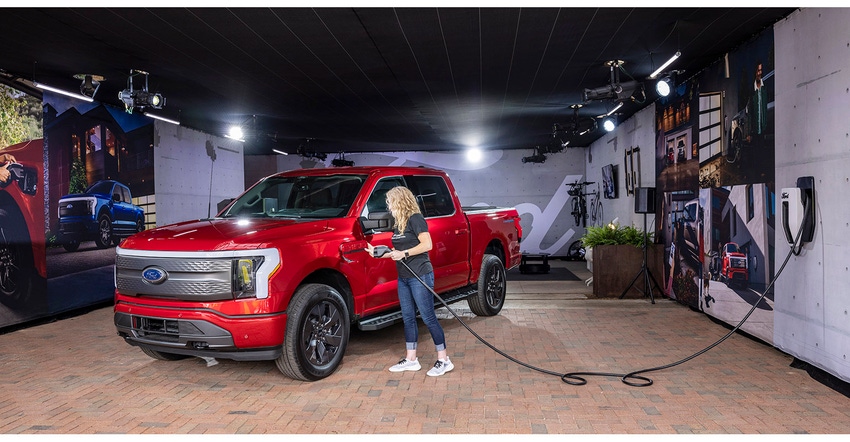Ford's F-150 Lightning in Spotlight Amid Production Cuts
Explore Ford's strategic moves with the F-150 Lightning, revealing production cuts and a sustainable future in the evolving electric vehicle market.

In an unexpected development, Ford Motor Co. announced a 50% cut in production for the highly anticipated F-150 Lightning pickup, reducing the weekly run rate from about 3,200 trucks to approximately 1,600 trucks starting at the beginning of the year. This strategic adjustment responds to a noticeable decline in consumer demand for electric vehicles (EVs), as revealed in the company's third-quarter earnings report.
The decline in consumer demand for electric vehicles (EVs) reflects a complex interplay of factors, including persistent concerns about infrastructure, range anxiety, and the overall cost of ownership. Despite increased awareness of environmental benefits, the market faces the challenge of convincing a broader consumer base to transition from traditional internal combustion engines.
According to Detroit Free Press, Ford spokesperson Marty Gunsberg stated that the reduction in F-150 Lightning output reflects ongoing efforts to align production with actual market demand, signaling a deliberate and calculated approach. Despite the production cut, Ford's commitment to EV technology remains evident in the decision to proceed with the battery plant, although in a smaller size and scope. This highlights Ford's emphasis on adaptability and sustainability in its business plans, indicating a calculated and strategic approach to navigating traditional automakers' challenges in adapting to the evolving EV market.
The introduction of the F-150 Lightning was marked by high expectations and a pioneering spirit in the EV landscape. Ford unveiled this electrified version of its iconic pickup with great fanfare, positioning it as a revolutionary step towards a greener automotive future. A key highlight emphasized in advertisements was the F-150 Lightning's innovative Vehicle-to-Home (V2H) capabilities. These advertisements showcased the truck not just as a means of transportation but as a versatile power source that could transform how consumers interact with their vehicles and manage energy in their homes. The F-150 Lightning's entry into the market symbolized a fusion of tradition and innovation, aiming to redefine the perception of electric trucks.
About the Author(s)
You May Also Like





